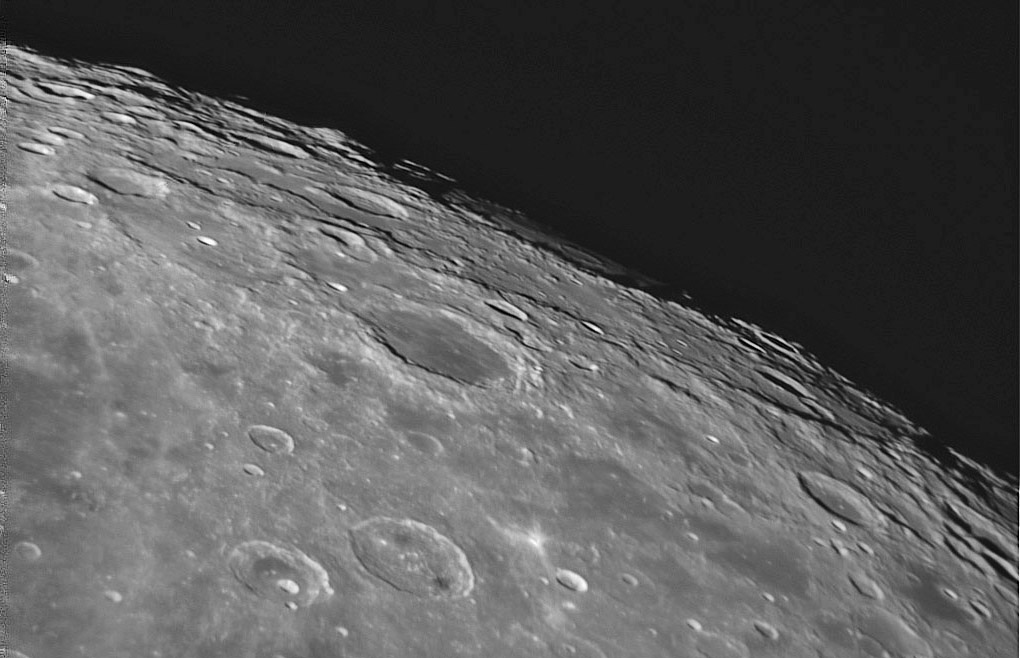Difference between revisions of "January 21, 2009"
| Line 2: | Line 2: | ||
=Zoroaster= | =Zoroaster= | ||
| − | + | <!-- ws:start:WikiTextHeadingRule:1:<h1> --> | |
| − | + | <!-- ws:start:WikiTextLocalImageRule:7:<img src="/file/view/LPOD-Jan21-09.jpg/54196810/LPOD-Jan21-09.jpg" alt="" title="" /> -->[[File:LPOD-Jan21-09.jpg|LPOD-Jan21-09.jpg]]<!-- ws:end:WikiTextLocalImageRule:7 --><br /> | |
<em>image by [mailto:jocelyn.serot@wanadoo.fr Jocelyn Sérot], France</em><br /> | <em>image by [mailto:jocelyn.serot@wanadoo.fr Jocelyn Sérot], France</em><br /> | ||
<br /> | <br /> | ||
| Line 17: | Line 17: | ||
<br /> | <br /> | ||
<hr /> | <hr /> | ||
| − | |||
| − | |||
| − | |||
| − | |||
Revision as of 22:40, 2 January 2015
Zoroaster

image by Jocelyn Sérot, France
Most names given by Ricciolli have survived and are still used, but the name of the mare on the southeast limb was changed to Humboldianum, and Riccioli's Zoroaster was lost to the Moon. Whatever it is called, this rings on the rim feature is interesting. Although a number of faint rings have been claimed, the Humboldtianum Basin has only two that are easy to see. The inner one that bounds the mare itself is a circular ridge that rises above both the depressed inner mare and outer moat between rings. The main rim is more like that the Altai Scarp of Mare Nectaris - it is mostly a scarp that drops down to the moat. These rings are major mountains chains but lack official names so a few years ago I started calling the inner ring the Bishop Mountains and the outer one the Andes Mountains.
Chuck Wood
Technical Details
Jan 11th, 2009 - 23h50 UT. Mewlon 210, prime focus + DMK 31AF03 camera + IR-block filter; 15 FPS, 1/110 exp, 250 images stacked out of 1000, wavelet processing on Registax.
Related Links
Rükl plate 7



